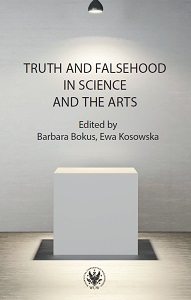The Validity of Aesthetic Judgments: George Santayana’s Polemics with Tradition
The Validity of Aesthetic Judgments: George Santayana’s Polemics with Tradition
Author(s): Adam Grzeliński
Subject(s): Philosophy, Psychology, Theoretical Linguistics, Applied Linguistics
Published by: Wydawnictwa Uniwersytetu Warszawskiego
Keywords: aesthetic judgement; aesthetic experience; Santayana; Kant
Summary/Abstract: The paper discusses issues of the validity of aesthetic judgements in the concept of George Santayana, the author of The Sense of Beauty and Reason in Art. Although Santayana places aesthetic experience as well as experience as such at the center of his analyses, and explicitly opposes the view that aesthetic judgements are supra-individual, I endeavor to demonstrate that his concept is not necessarily contrary to the achievements of 18th-century aesthetics proclaiming the validity of judgements of taste (Shaftesbury, D. Hume, E. Burke or I. Kant). It is true that Santayana’s multifaceted understanding of beauty reveals the limitations of Kant’s aesthetics, but nevertheless, it does not contradict its achievements. The differentiation he made between the beauty of matter, form, and expression suggests a dual meaning of the validity of aesthetic judgements, on the one hand pointing to their universality while on the other referring to the ideals of reason whose sensual representation is available in works of art.
Book: Truth and Falsehood in Science and the Arts
- Page Range: 101-114
- Page Count: 14
- Publication Year: 2020
- Language: English
- Content File-PDF

